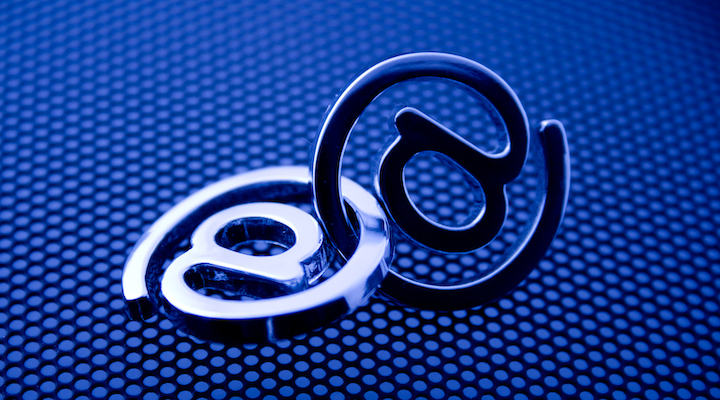It goes without saying that 2020 has been a challenging year for everyone, everywhere. With people all over the world subject to lockdowns and at the mercy of online shopping for retail therapy, optimising the e-commerce experience has been a huge focus for retailers globally.
From the moment the crisis began, digital marketers faced a wave of challenges — starting with what to communicate with consumers, via which channels, and when — but the majority rose to the challenge and mastered engaging customers under the trying circumstances.
As discussed in a previous article, it was the humble email that revealed itself to be the hero channel for retailers this year. By harnessing email, retailers successfully drove huge amounts of traffic to their websites, achieving online sales never before seen in history.
In Australia for example, research by Validity Inc. found email outperformed all other channels including social, direct, organic search, paid search, display and referral when it came to cost effectively generating quality traffic for retailers.
Clearly, there is no doubt that email will continue to play a pivotal role for retailers in 2021, so as we edge towards the New Year, it’s time to look ahead and ask “where to from here?” when it comes to email marketing.
In a recent event hosted by Validity Inc. called ‘The Summit’, industry experts from leading retailers were faced with this very question, and discussed the trends and technologies they believe we’re set to see more of in the New Year and how marketers should be preparing for innovation in the retail space.
Perhaps unsurprisingly, AI featured heavily in the panellists’ predictions, with AI-powered copywriting (AIPC) one application of the technology set to increase in popularity. Keeping subscribers engaged and inspiring them to take action remains a major challenge for marketers, and AIPC provides innovative ways to do this – including using machine learning to experiment with subject lines, preheaders, headlines, and CTA. AIPC also opens up huge opportunities for scale, allowing synergy across channels, and creating interesting A/B test opportunities against more traditional content development processes.
Another breakthrough application of AI is accelerated mobile pages (AMP). AMP allows marketers to include components that deliver rich and engaging app-like experiences within emails. AMP essentially brings website user experiences into the inbox, with marketers able to incorporate functions including drop-down lists, carousels, interactive images and customer surveys within their communications. Back when kinetic email was a hot topic, Experian reported average uplifts of 18% in click rates, with subscribers more primed to transact with the richer inbox experience. With AMP offering all the functionality and much more than once promised by kinetic, marketers have a strong incentive to adopt this technology in 2021.
Another innovation we’re set to see more of in the email marketing space is engagement scoring. A huge benefit of engagement scoring is it assist marketers in knowing where to direct resources and focus within their email program, as well as guiding strategy development in terms of content, contact frequency and journey building. Engagement scoring also creates a range of interesting A/B testing opportunities between high and low score subscribers.
The Summit’s experts also believe enhanced connectivity between email and other channels is on the horizon, with multi-channel campaigns progressively improving. Data will also play an even greater role in digital marketing, with those who don’t take their data seriously far less likely to succeed.
So now that we have a taste for the future, how can marketers and retailers prepare for the year ahead?
Firstly, it’s important to ensure you’re clear on your objectives so you’re not just introducing innovation for the sake of it. Secondly, take lots of small steps, and continually test, measure, and reset as you go. Also critical is ensuring you have adequate resourcing to not just implement but sustain any new technologies and programs that enable innovation. Finally, we can easily become distracted by things that are new and exciting, but it’s important to maintain business as usual activities to a high standard while new initiatives are being tested.
Successful marketers and retailers would do well to use the coming months to reflect on the year that was — what worked, what didn’t, lessons learnt — and start to plan on how they can raise the bar and amplify their successes in 2021 by prioritising data, and strategically embracing new technologies and innovations.
To learn more, download the ebook Disruption: How the 2020 Pandemic Changed Email

